Are you scoring occasional photos of traveling bucks but unsure where they spend their daylight hours? The key to closing the distance is to first determine where the bucks are bedding, and then plan your hunt accordingly. While bedding areas come in many different shapes and sizes, there are definitely a few “hot zones” bucks seem to prefer over others. In piecing together your bowhunting puzzle this season, try intercepting bucks as they travel to and from these seven surefire big buck hideouts.
The Mountain Laurel Ridge Top
“Bed high, rut low” is the mantra of a friend of mine who almost exclusively hunts mountainous public lands.
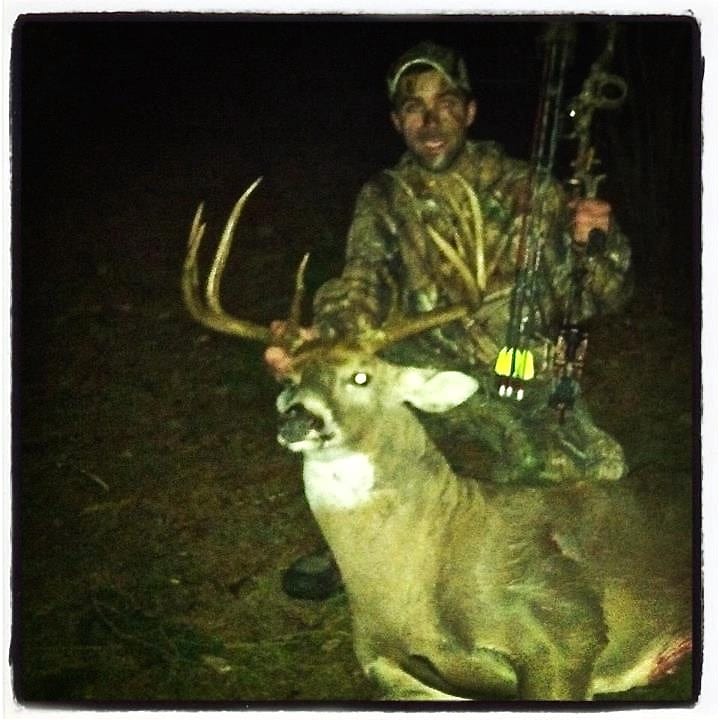
Find the big buck hideouts and you just might kill the biggest buck of your life.
A few years back, he located a core bedding area on a bluff dominated by thick mountain laurel. He began targeting travel routes to and from this dense hideaway tucked along the edge of the ridge top, where he believed bucks were catching rising thermals from the mountainside below.
His theory was that bucks would lay up top during daylight hours, and then head down the mountain trails just before dark to check out the feeding doe scene, which tended to frequent the lower elevations. In 2012, he confirmed this hunch by arrowing the biggest buck of his life as it meandered down a south-facing slope from its bedding area in the laurel, exactly as he had predicted.
My friend was successful because his plan made sense. Why wouldn’t a buck choose to bed high on a ridge in thick laurel? With cover and prevailing winds from the top to its back, thermals rising from a hot doe below and a variety of escape routes all around, it’s a win-win situation for a bedded whitetail.
The Hollow Bottom Blow-Down
That same season, I had my eye on a buck with unique headgear cruising our family farm. One November morning, the wise old buck with a split left brow tine almost came within shooting range, but he busted me as I reached for my bow.
Freezing in place, I watched him uneasily back away and slowly disappear down into the deep hollow behind me. After beating myself up for an hour or so, I decided to climb down from my stand to switch locations. On my walk out, I stopped to glass the hollow and sure enough, there he was bedded in the middle of a huge blow-down right at the bottom of the hollow.
I sat and watched him for three-and-a-half hours, as he lounged around, scratched his flank with his massive antlers and vigilantly scanned both hillsides for any potential danger.
When I could take it no longer, I grunted to him, trying desperately to make something happen. He stood, stretched, urinated in a fresh scrape and then casually strolled up the opposite hillside.
The blow-down gave this buck a sense of concealment, while the openness of the surrounding hillsides provided ideal visibility for him to feel secure. Had I tried a stalk, he would have picked me out in seconds, making the hollow bottom blow-down a great mid-day sanctuary.
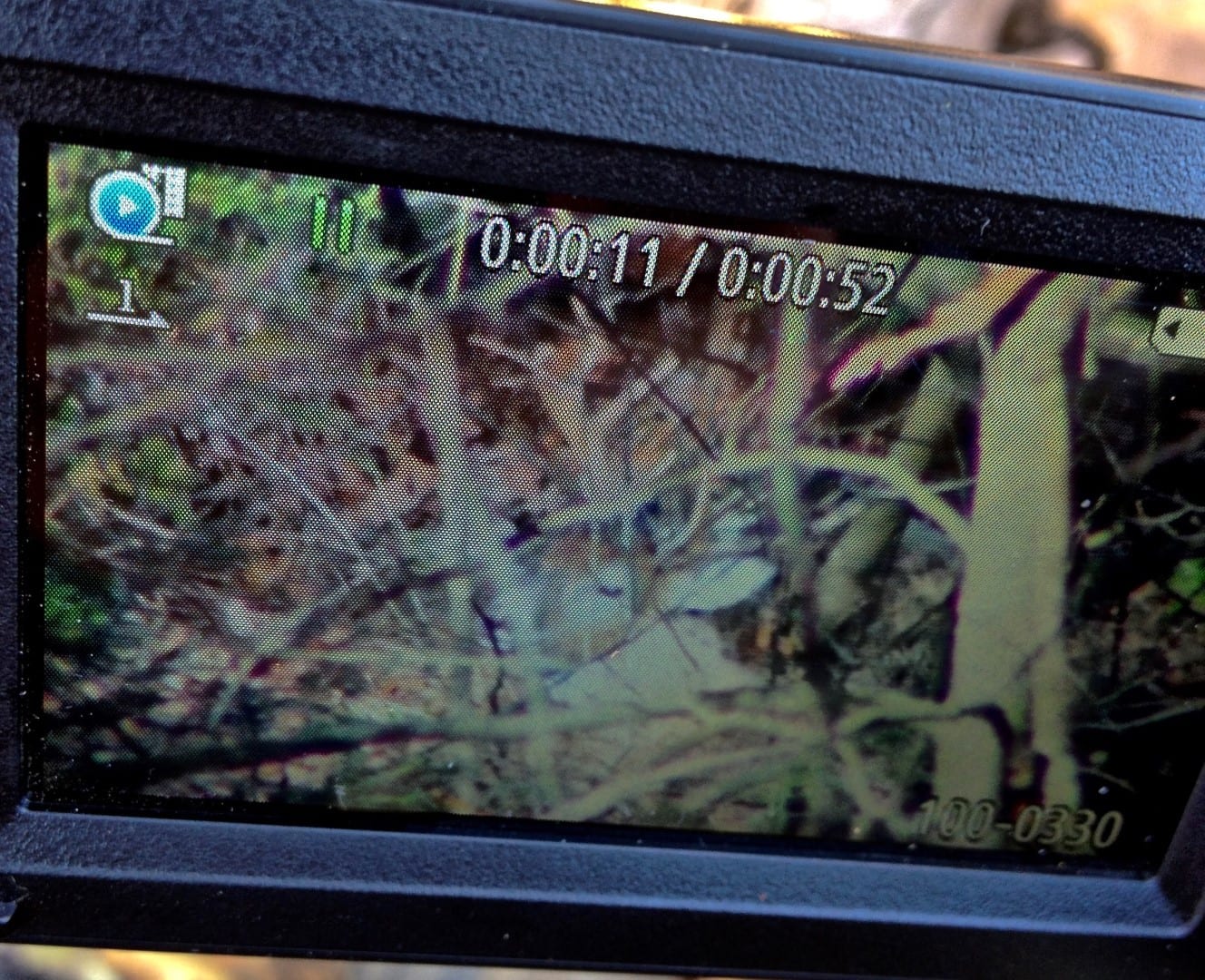
This buck thought he was hidden from the world.
The Secluded Creek Island
Shallow creeks that split around a small island or even merge to form a narrow bottleneck of high ground offer an ideal bedding opportunity for bucks. Humans rarely access these secluded land strips, and they are often untamed and fairly thick with vegetation.
While creek bottoms already serve as natural pinch points and travel zones, a nearby island offers an out-of-the-way place to bed with the added security of water on all sides.
More than once, reclusive bucks have been discovered hiding out in island cover when they otherwise seemed to have vanished from all other locations on the property- including a big 8-point that brought my bow to full-draw during the final hour of the 2014 archery season.
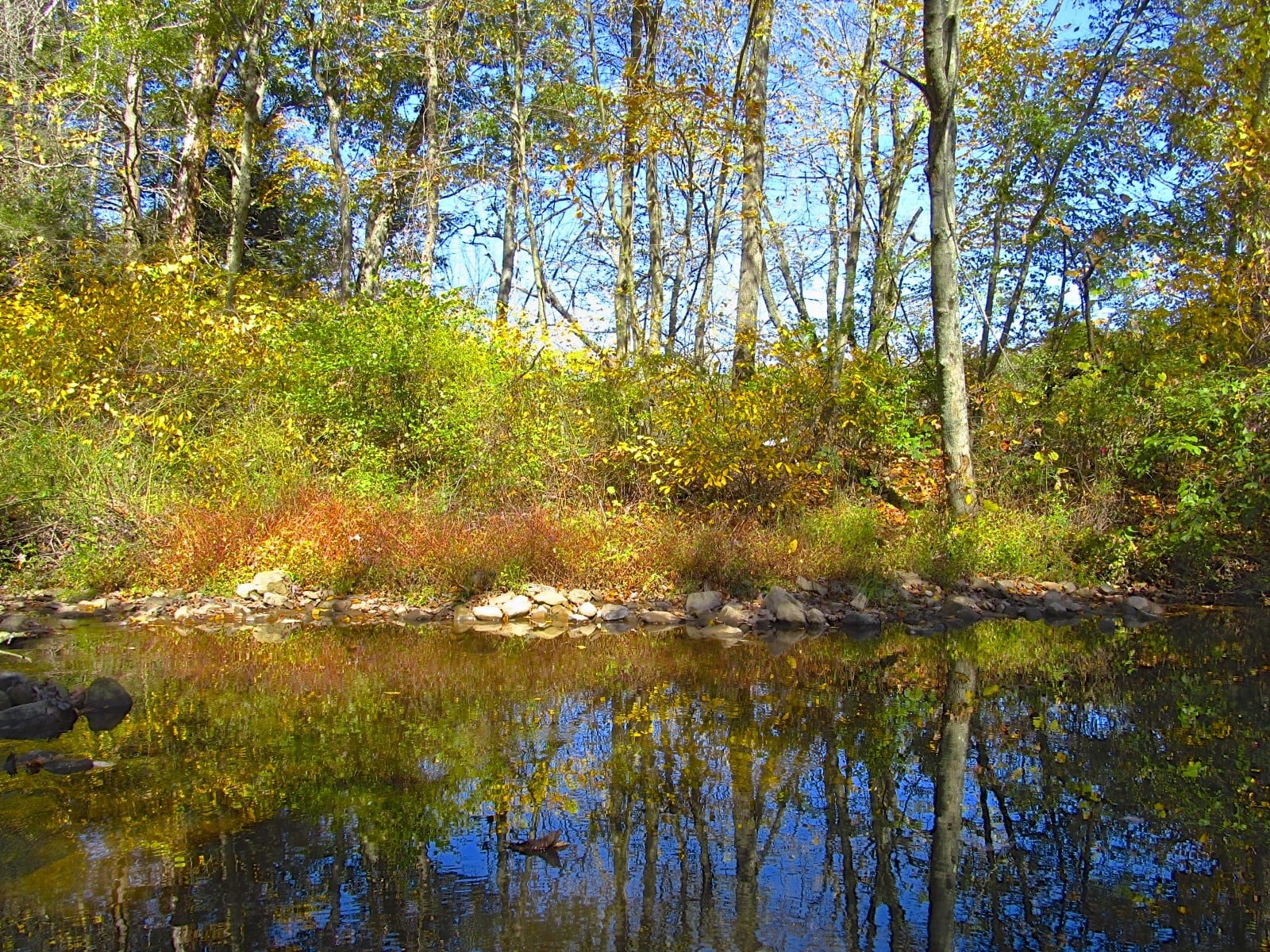
Big bucks and island thickets go hand in hand.
The CRP Jungle
I vividly recall a late-season deer drive when a hunting partner of mine stepped into a small plot of shoulder-high switch grass and deer began exploding from the field cover like crickets in an open shoebox.
I had a similar experience one year in bow season after a morning sit when I opted to take the “direct route” back to my truck through an equally high field of CRP buffer plantings.
Though I scanned the field all morning from my nearby tree stand, I never noticed the giant 10-point bedded in the middle of it, until I almost stepped on him during my exit.
The buck allowed me to walk within 12-feet of his position before erupting from the grass to flee. Despite our close proximity, I was in no position to shoot with my heart in my throat and my startled butt on the ground.
Bucks can slip into tall CRP fields virtually unseen and can comfortably spend a cool day bedded among dense clusters of grass. Finding a well-worn route through the jungle can be the start of a decent ground-blind ambush strategy for those willing to chance bumping deer getting to and from the blind.
The Hillside Thicket
The hillside thicket is perhaps one of the most diverse bedding situations one might encounter. This could range from a freshly timbered chop-off rife with new growth to an old, abandoned pasture overcome by greenbrier and multi-flora rose.
The key here is visibility and obstruction. Many times, a buck bedded on a hillside can keep visual tabs on low-lying areas, while remaining hidden by obstructions that appear higher when viewed from a lower perspective.
In other words, it is much more difficult for us to see a buck when we look up a hillside than it is for him to see us when he gazes down at an open flat below him. The hillside vegetation obstructs our seeing him, while he is afforded a stadium view of anything approaching from below through nearby openings in the cover.
The very first buck I ever killed was bedded in one such thicket not far from an old barn. As he spotted my brother approaching from below, he hightailed it up over the top to presumed safety. But a young, ambitious hunter just happened to be situated in a stand along his escape route, and I made the shot count.
The Dense Stand of Evergreens
When the weather takes a turn for the worse, a young stand of evergreens growing in tight proximity can provide the best bedding cover a whitetail could ever want. That means on windy, rainy or snowy days, bucks will likely take refuge from the elements under the thick boughs of cedar, pine, hemlock and spruce trees.
I can’t count how many times I’ve kicked out huge bucks while rabbit hunting grown up stands of Christmas trees. Likewise, the majority of my out-of-state public land bucks have been taken on the transitional border between thermal evergreen cover and mixed hardwoods.
Deer seem to feel secure in these dense windbreaks, which help them trap body heat, conserve energy and lay low from danger. Find a stand next to mast producing hardwoods, and you’re in the money for a successful stakeout location.
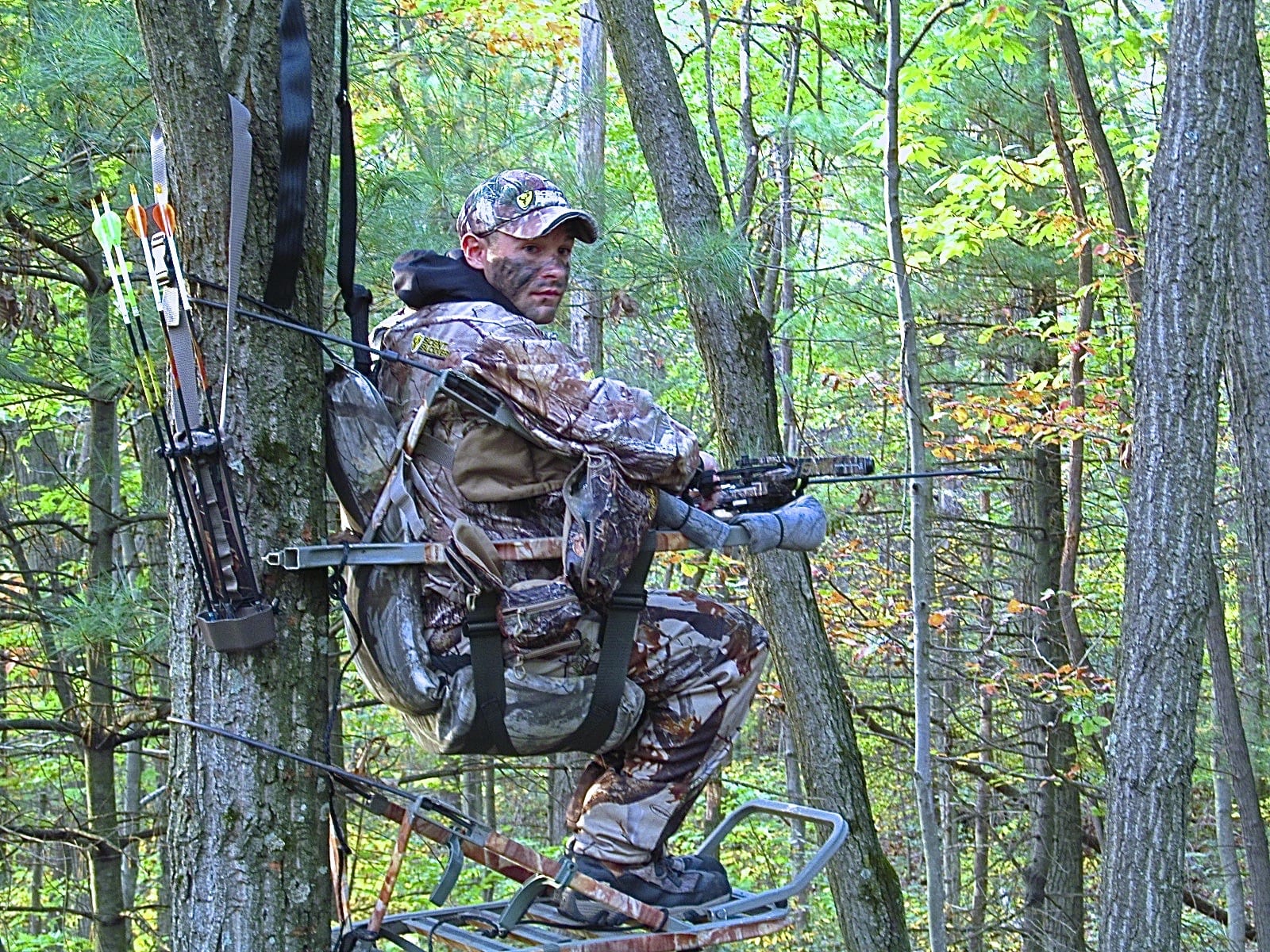
A stand hung in a dense evergreen thicket will produce when no other place will.
The Sea of Corn
Corn is the leading agricultural crop in the United States and one of the top whitetail food sources in farm country. Where concealment and carbohydrates combine, deer have little reason to leave the cover of a cornrow hideout, except to grab a quick drink and an occasional change of scenery.
Even the most deer-polluted areas can sometimes seem devoid of traffic when acres upon acres are planted with the golden stalks. But these fields can also be a hot draw for feeding and chasing activity just before dark.
I’ve spent many an evening watching bucks run does around a cornfield from stands overlooking the action. Come to think of it, my best archery buck to date came stiff-legged to a grunt call he heard from the swaying cover of a cornfield.
If you can’t wait until the harvesting combine concentrates deer back into the local woodlot, consider stalking the cornrows on a blustery day, using the wind to your full advantage. After all, there’s no more exciting hunt than taking on a big buck at ground level.
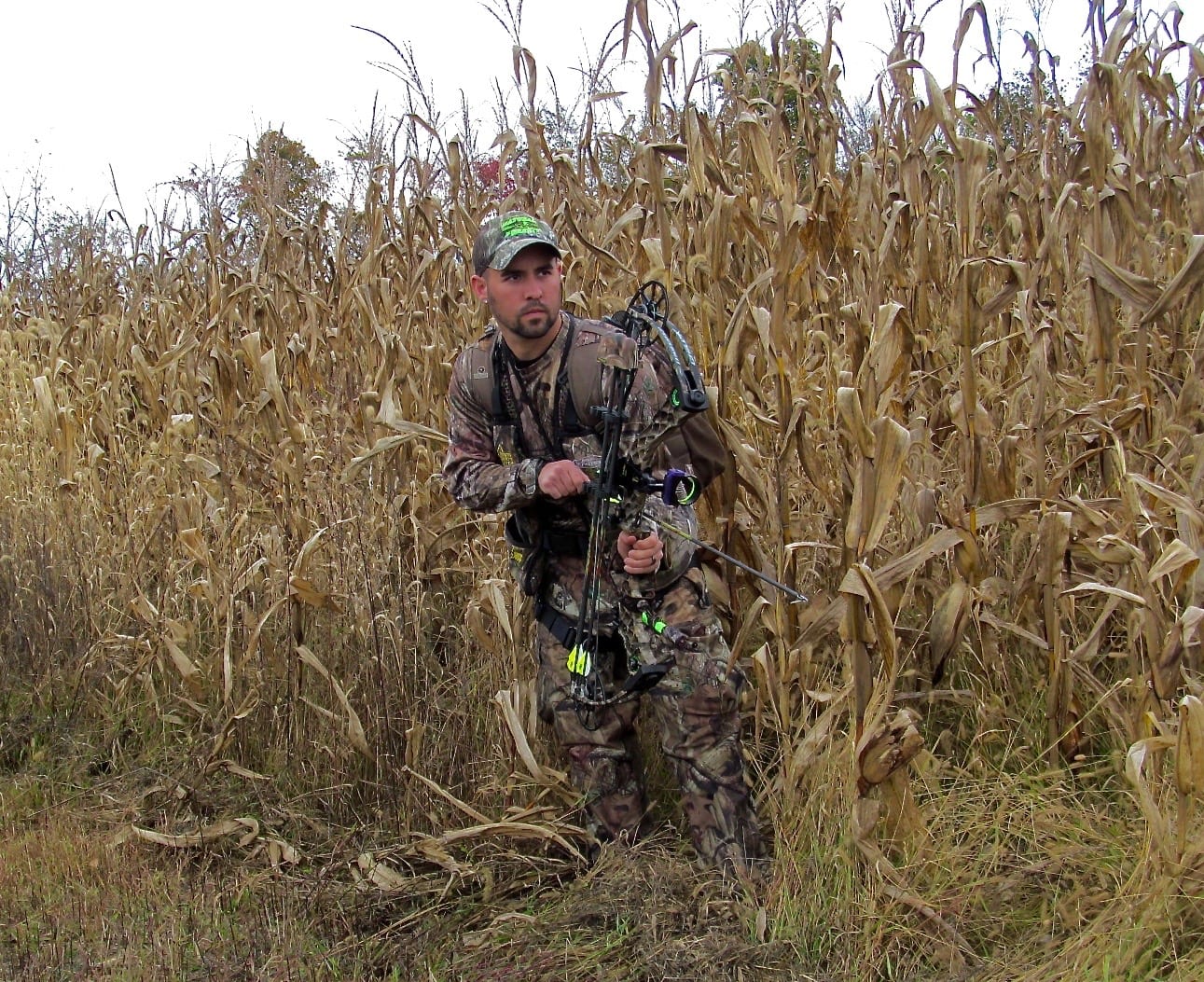
There’s very few reasons for a big buck to ever leave the safe haven provided by standing corn.
Every hunting property is as different as the bucks we pursue, but one thing is certain- mature whitetails need to bed somewhere. The areas mentioned above consistently prove to harbor more bucks than anywhere else.
Pinpointing an area’s core bedding location- and hanging an ambush stand nearby- is the surest way to bring hopeful hunters one step closer to achieving the results they desire. Find the bed, and you’ll often find the buck.






